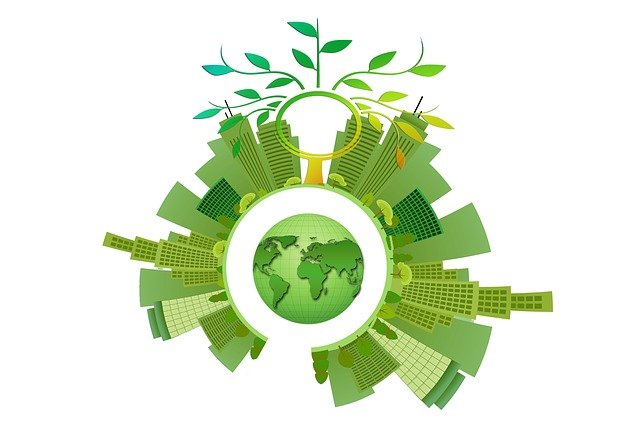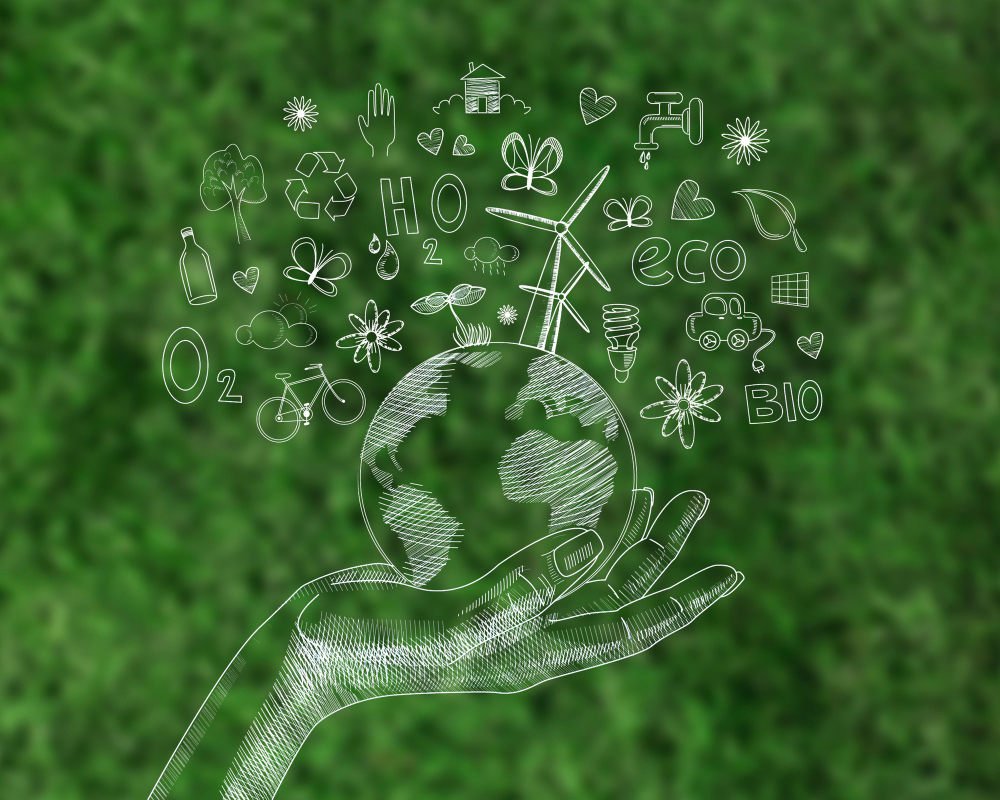

The worst thing about the challenges of climate change is the lack of understanding. Climate change is more than melting ice caps somewhere far away. It is a change that impacts your life wherever you are living.
Climate change impacts the ability of global society to grow food, build, and live. And, it largely depends on pollution.
Thus, there is a need for energy-efficient architecture. You can do your part by joining Solar Nation. For all else, keep on reading to find out where you stand today.
Contents
How Things Came to Be This Way

The primary issue of ecology today is getting the world on board to fight climate change. While it is a global issue, not all countries can tackle it in the same manner. That is due to the difference in development and capabilities of First World Countries and Third World Countries.
First-world countries are responsible for most of the fossil fuels consumption and waste generation. Since they have a greater need for resource consumption, it is natural that they pollute more.
However, that also goes for third-world countries. The advantage of the first world countries is the sophistication of the production processes. With advanced technology and system implementation, they can perform waste management.
The same fails to apply to third-world countries. Due to the lack of technology, the third world creates more waste without a proper management system. That impacts the global environment, polluting the world and society.
Thus, the world of hyperproduction became unsustainable. But, if humanity wants to live in a world with regular weather, food to grow, and an actual life to live. Yet, there is another problem aside from the production processes. And it relates to how people live today.
Urban Planning and Climate
The production processes need a purpose. And, that purpose is in the way of life of contemporary people. The people today lavish in the lifestyle that revolves around overconsumption of specific products and services.
For that, they need stores, offices, and spaces that are open 24/7. And, they want products that are always available. Thus, society has to produce without stop, and that requires constant use of resources.
In that case, you need to use more fossil fuels, electricity and create more waste. However, even if there are constant warnings, people avoid them. The problem here is that people still want to keep the same lifestyle even if it threatens the environment.
However, the COVID-world shows that people can consume more. But, that is far from enough to stop the current levels of pollution. The problem of global pollution is embedded not only in the lifestyle but where people live as well.
Consequences of Unsustainable living

Contemporary people live in settlements that overly consume energy. And, these settlements are highly energy inefficient. They consume more energy and resources while creating more waste at the same time.
During the COVID-era, people were in global lockdown. They were unable to visit various offices and use services if they had to leave the house. However, even in their housing, they were still overly using energy and resources.
That problem relates to the architecture of living and workspaces. Before climate change, there was no concern for energy efficiency. Instead, people want to consume as many resources as they can as long as it fits their needs.
That led to the development of skyscrapers and housing projects without a thought for energy efficiency. In those spaces, you can’t retain any amount of energy and reuse it later.
As a consequence, you lose resources and make your living space inhabitable. Thus, there is a global push for energy-efficient architecture and sustainable development.
Sustainable Development

Sustainable development refers to the practice of building and developing energy-efficient communities. Not only does it include the use of recyclable materials, but also concepts of green design and eco-conscious thinking.
The idea behind sustainable development is to create housing and workspaces for the future. And, it should help to create less waste as a development by-product. But, it also should help to reduce spending of energy by amassing green energy use.
With this method, developers have to put energy-efficient architecture as a priority. That means that you do urban planning with less energy consumption in mind. And, you also put specific focus on how to reuse the energy you would otherwise waste.
For that, the architects of tomorrow will understand what energy-efficient architecture is and how it helps people.
Energy-Efficient Architecture

The core idea of energy-efficient architecture is to develop self-sustaining buildings. While they have to use energy like electricity, energy should be reusable.
That is possible due to the use of specific materials, but also by using a specific structure. For materials, developers should use cement with higher insulation capabilities. It should help the walls retain both heat in winter and cold in the summer.
But, the structure should remain the priority. The structure should include:
- Envelope-style build for walls
- Solar panels
- Natural ventilation
- Green growths on the building exterior
- Green spaces around buildings
- Insulation
- Heat-retention
- Natural materials
- Recycled materials
- Wind turbines
- LED lights
- Alternative motors for electrical applications
As you can see from the list, energy-efficient architecture should decrease resource spending. In theory, energy-efficient buildings require little to no energy for all applications. Instead of using fossil fuels and a lot of electricity, use alternative energy sources.
You can get that energy from solar panels and wind turbines. And, with insulation, heat retention, and LED lights, you can consume less energy. Finally, you can avoid creating waste by using recyclable materials which you can transport or use in your vicinity.
Another advantage is in the construction process. The premise is that you can use materials locally available. That is how energy-efficient architecture changes the world.
Be the Change
While energy-efficient architecture is slowly changing the world, it is far from mass adoption. However, the individual is the carrier of the lifestyle.
Live as an example of a change you want to see. Make the world a greener place for all of us.



